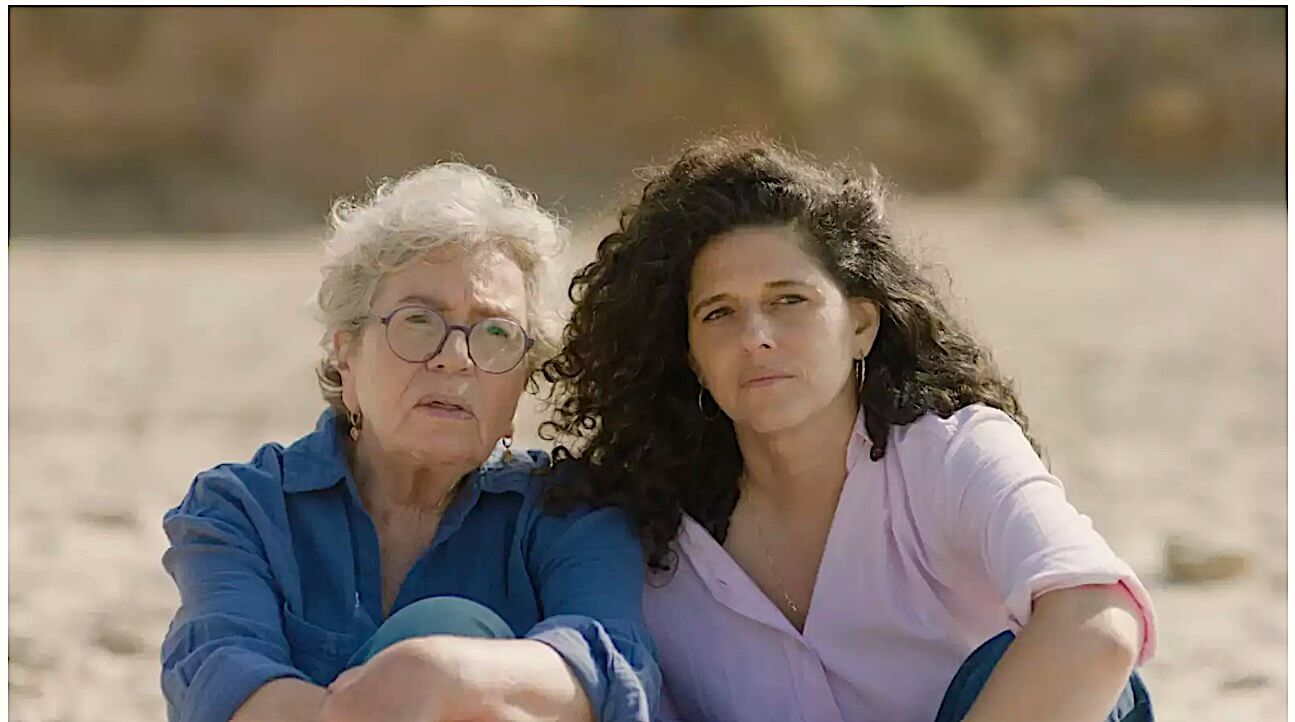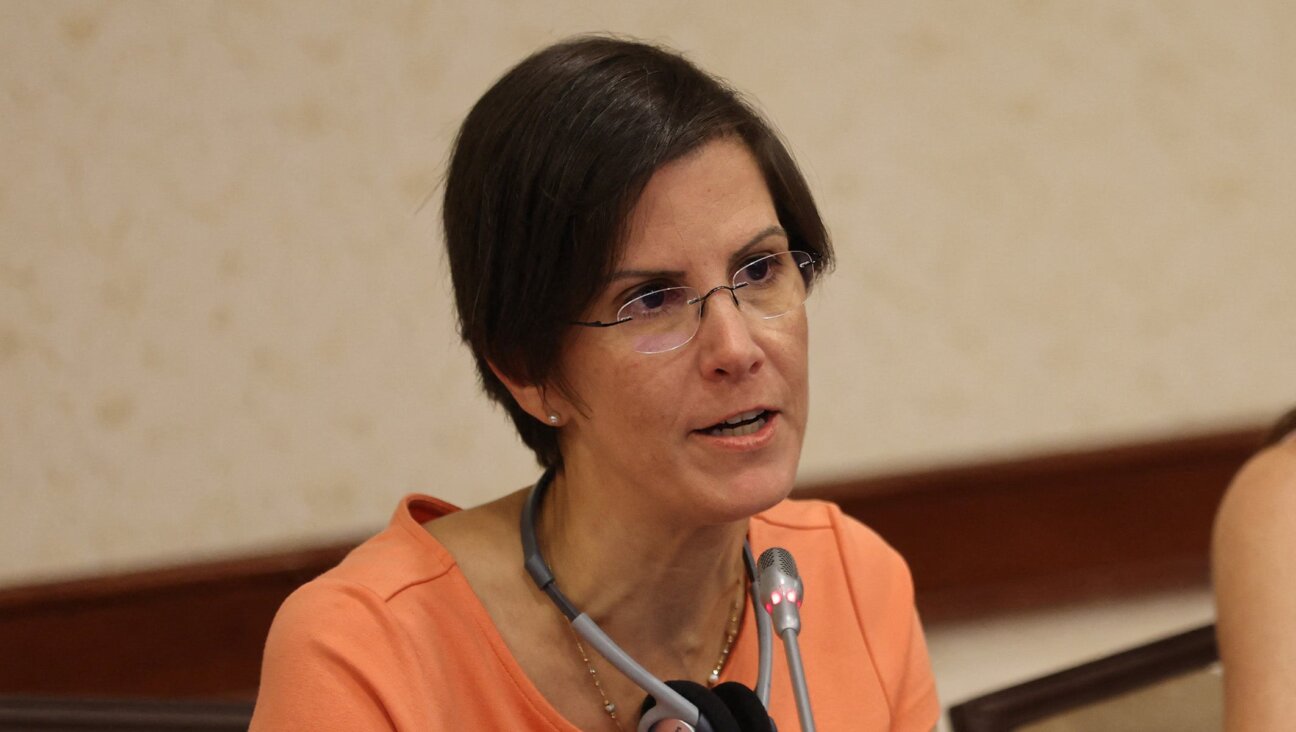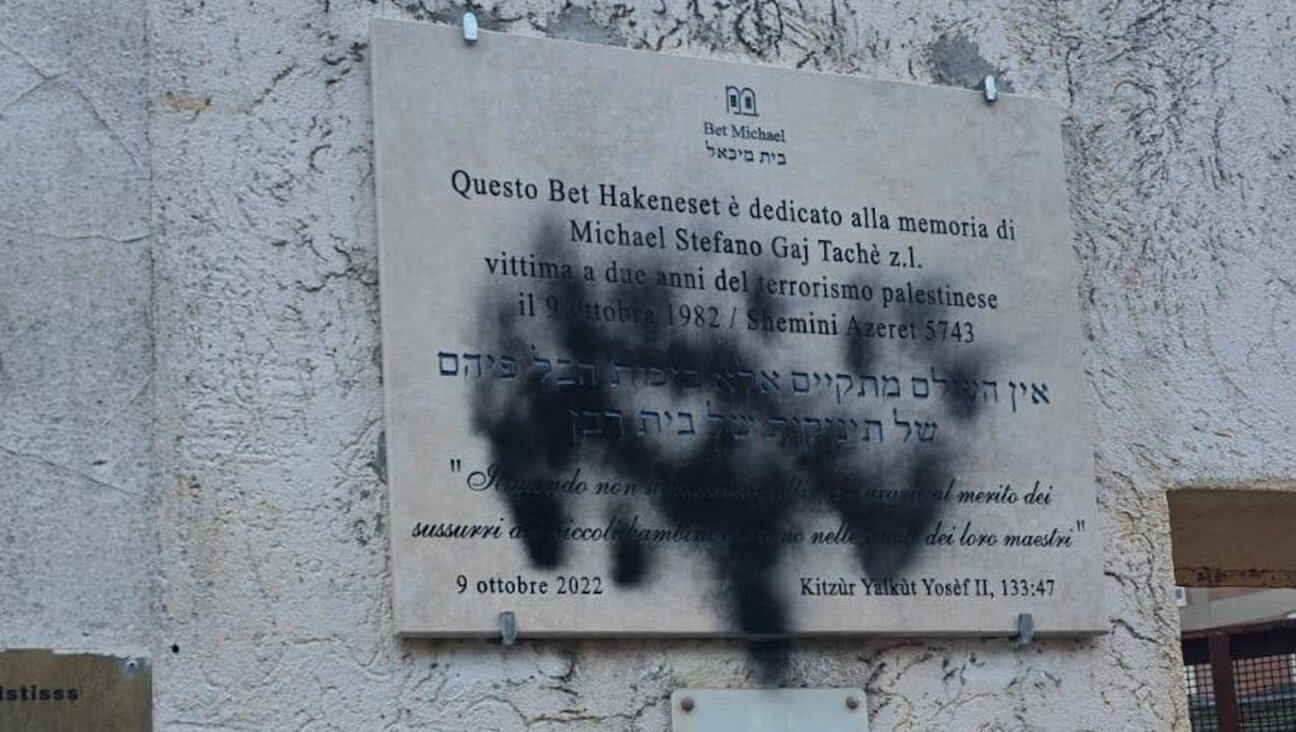Youthful Interpretations
Yom Kippur Children’s Machzor Illustrated by Noam Zimmerman Gefen Publishing House, 64 pages, $15.95.
Noam Zimmerman may be only 13, but she already has one up on most of us: a published book with her name on it.
Her “Yom Kippur Children’s Machzor” is a one-of-a-kind prayer book made by a kid for kids. And while she didn’t actually write any of the text — that honor goes to a few ancient rabbinic scholars — the teen artist, who hails from a traditional Orthodox family, used her wunderkind skills as a clay sculptor to bring to life many of the world’s most recognized words of prayer.
Filled with photographs of Zimmerman’s clay renderings of familiar passages, including images of Jews of all shapes and sizes reciting the well-known Kol Nidre prayer, the Machzor is packed with clay interpretations of the Yom Kippur text that are quite literal. Such phrases as “helm in the hand of a seaman,” which is part of the evening prayer, yield a sculpture of a sailor in full Navy regalia at the wheel of a ship; “Tear up the evil sentence decreed against us” becomes a clay depiction of a paper verdict being torn in two, and “He is like a broken clay pot” turn into a trio of shattered ceramic jugs. Some of the sculptures look an awful lot like the Passover claymation television specials that many Gen-Xers and Yers watched as children, and it is to Zimmerman’s credit that her work rarely reminds readers of how young she is. A small touch like an umbrella hanging from a mantle, or a potted plant in the background of a scene, is both unexpected and refreshing coming from such a young artist. The only times at which one is reminded that the author is still in the prime of her adolescence are in her portrayals of rabbis and kohanim (priests) as older men with gray beards, and later in her sculpture representing the words “Fill our storehouses with plenty,” in which she includes burgers and french fries.
The book, which takes short excerpts from the rather lengthy prayers that most Jews say on the Day of Atonement, is meant to be used not for actual prayer but simply to draw in kids so that they can view a visual representation of words they often see but may not be able to comprehend. The snippets, which appear in both English and their original Hebrew translations, are some of Judaism’s most meaningful and are easily recognizable to Jews of all denominations.
Zimmerman, who worked on this project for more than nine months, originally prepared the Machzor as a one-of-a-kind gift for attendees at her bat mitzvah. She hoped that by providing them with her unique analysis of Yom Kippur’s prayers, she might persuade some of them to daven with a little more fervor next time around. But even if those who buy this book ignore the text and end up looking only at her sculptures, Zimmerman’s goal still may be reached. The images are unique and enchanting, and it shouldn’t be difficult for most parents to convince their kids to read the book.
Leah Hochbaum is a freelance writer living in New York.















